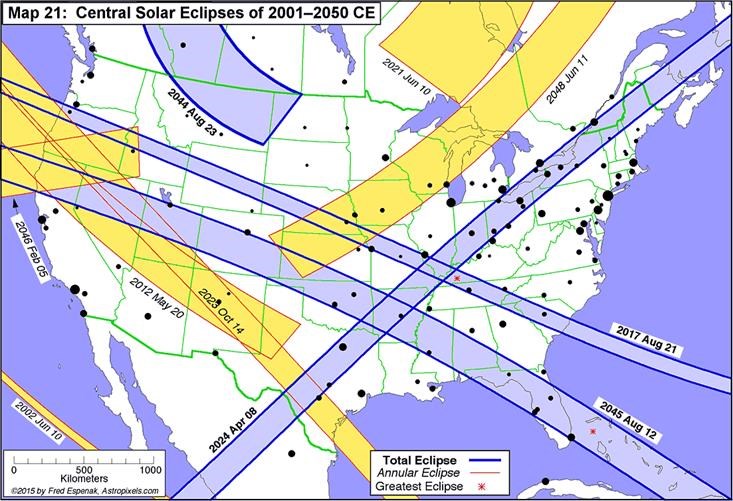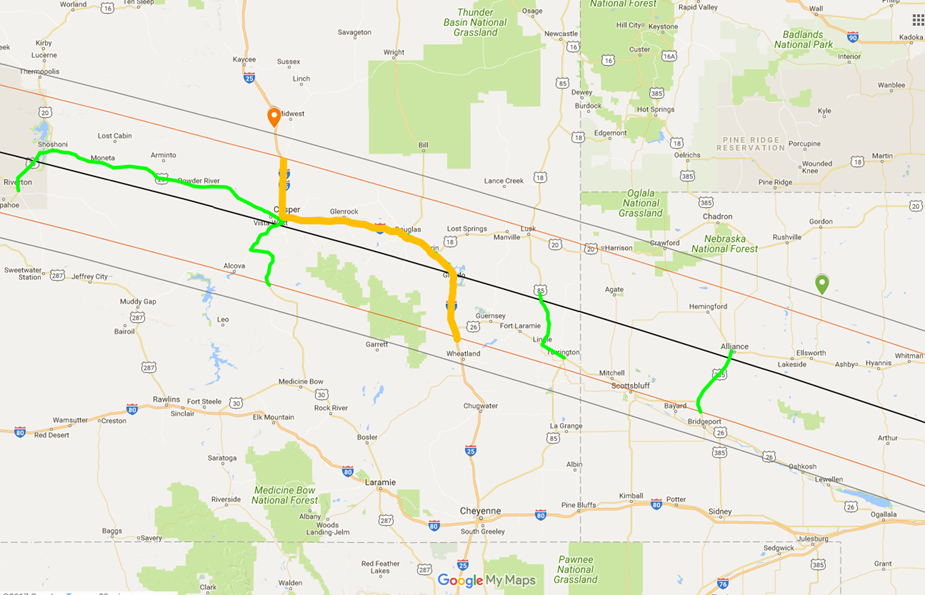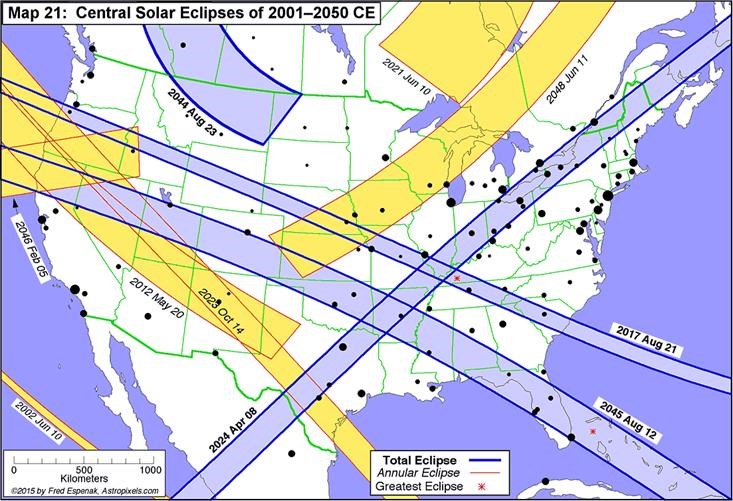This content was originally published by the Longmont Observer and is licensed under a Creative Commons license.
By: John Ensworth
For this third part of our eclipse coverage, I’ll briefly cover getting there. As I said in the introduction, no one knows how many people will travel into the path of totality, and when. It will be a lot. And a lot of it will be at the last minute. My fear is that there will be an hour, be it Sunday night August 20th or Monday morning the 21st when -on a normal day - you’d easily be able to drive up to the place you wish to watch the event, but due to the traffic, you won’t get there.
From the U.S. Department of Transportation, we get the scary observation that “Approximately 200 million people (a little less than 2⁄3 the nation's population) live within a day's drive of the path of this total eclipse.” (See the source below in the links list). It is a Monday, so some will need to work. School will be in session for most school districts, so some will not want to get out of classes.
Still, this is a big event not to be reproduced in these areas (like Wyoming and Nebraska) for 28 years. Figure 1 shows the eclipses happening from 2001-2050. In 2045 we have a great total solar eclipse over southern Denver and western and southern Colorado (it misses Longmont). Another fantastic solar eclipse hit areas from Texas up to Maine in 2024.

Someone has attempted to model traffic along the path of totality. Here (Figure 2) is a screen shot showing I-25 as being of most concern. The links below will allow you to explore the entire path at any level of magnification yourself.
Figure 2: A snapshot of the Google map of expected traffic (at least by the author of the map). See actual link below.

Finally, repeating from part 1, the small towns in this path (and the large towns for that matter) will likely run out of gas and food. Water may be hard to come by as will toilets. The demand will be far beyond what they have been built for. Leave as early as you can (I’m headed up Saturday morning), get a spot (with an eye on the clouds – more on that later), and be prepared to be as self-contained as you can be.
Our third batch of useful Eclipse Information links (related to the text above):
The U.S. Department of Transportation Fact Sheet concerning the 2017 Solar Eclipse: https://ops.fhwa.dot.gov/publications/fhwahop16085/
Maps of future eclipses: http://earthsky.org/space/total-solar-eclipses-in-the-usa
Expected traffic information from Xavier Jubier: http://www.eclipse2017.org/xavier_redirect.htm
Interactive Google Map of modeled traffic coast to coast: https://www.google.com/maps/d/u/1/viewer?mid=1lf1zQElZCKW8f0gTbY_b06wIfA4&hl=en_US&authuser=1&ll=39.243509402199116%2C-101.53097025&z=4
Bio:
John Ensworth works from Longmont as the Principle Investigator for the NASA Science Mission Directorate Earth and space science education product review through the IGES (The Institute for Global Environmental Strategies –www.strategies.org) . He is in his 14th year running this review. He is an astronomer (from the 2nd grade onward) and became a meteorologist (in the 5th grade) when a thunderstorm in Arizona rained on his telescope when the weather service had only forecasted a 10% chance of rain. He has college degrees in physics and astronomy and climatology and a graduate degree in meteorology and earth science. He lectures at the Little Thompson Observatory in Berthoud, the Estes Park Memorial Observatory in Estes Park, and for a number of online universities. He built and runs a backyard observatory near Pace and 17th in northeast Longmont where he has lived for 8 years with his wife, daughter, son, and two cats. Invitations to open house nights at this observatory, LTO, and EPMO will be posted with future discussions when they are scheduled.
Forecasting severe weather and snow amounts via text lead to this column. He began texting friends about the weather right after the September 2013 flood. The readers of this column will, hopefully, keep him honest in what he ‘thought’ he had forecasted for ‘the most recent’ storm.



